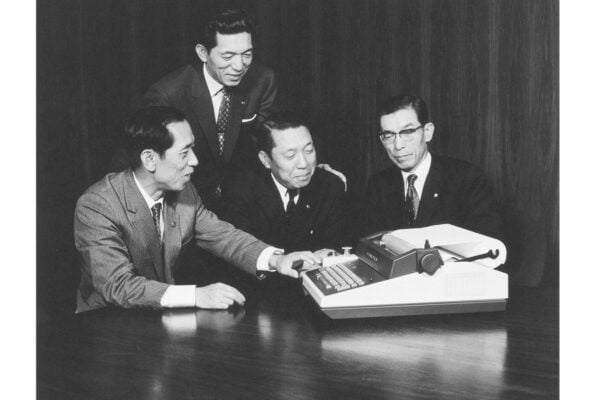Transitioning From Primary to Secondary School Mathematics, Made Easier With Calculators

KS2 Maths SATs no longer require students to use calculators, and because of this, their role in the classroom has been gradually diminishing. It’s no secret that since 2013 the calculators in primary school classrooms have been gathering dust, locked away in cupboards and draws, rarely touched.
However, this lack of experience primary school students now have with calculators can cause some teething issues when starting secondary school. There is an expectation from secondary school teachers that pupils will have a robust knowledge base using calculators as they start Year 7. However, students don’t always have the necessary skills they need when leaving primary school to be able to meet the standards required in their Year seven classes.
So, what does the national curriculum say about using calculators in lessons?
The national curriculum in primary schools states:
“Calculators should not be used as a substitute for good written and mental arithmetic. They should, therefore, only be introduced near the end of Key Stage 2 to support pupils’ conceptual understanding and exploration of more complex number problems if written, and mental arithmetic are secure.”
And,
The national curriculum for Key Stage 3 Maths (secondary school) says:
“Calculators should not be used as a substitute for good written and mental arithmetic. In secondary schools, teachers should use their judgement about when ICT tools should be used.”
These two approaches are very similar. However, the expectation for students going into Year 7 is that they can use a calculator to work out problems if they need to.
The most common phrase we hear in Maths lessons is ‘But, can’t I just use a calculator?’
Whether you’re a teacher, parent or student, this will be familiar to you. This line has echoed through classrooms for years, and one of the most commonly used responses will be ‘you need to know what to ask the calculator, and you need to know what the answer means’.
So, although a calculator is an incredible tool, this response reaffirms that calculators can’t be used alone without a good knowledge of the calculation to input and what it means. Without knowing the calculation structure, students won’t know what to input into the calculator. And, without strong skills in estimation, the answer the calculator produces could be right or wrong but the student won’t have the knowledge to know if the solution it provides is reasonable in the context of the problem. This is one of the most significant issues with the lack of exposure to calculators students get at primary school. There is a danger that students lack the knowledge to know whether answers are within the correct realm or even a possibility.
The benefits of using a calculator in the classroom
Calculators are a brilliant tool that can enhance your mathematical skills rather than always being an easy way out to make problems more manageable. Calculators allow students to solve more complex problems that they otherwise wouldn’t have the tools to tackle, in fact broadening their knowledgebase.
Becoming comfortable with the basic structures of maths in different contexts is a crucial way for pupils to form a platform that allows them to study more complex areas. Secondary schools will require students to learn more challenging topics such as trigonometry and complex algebra, which are all underpinned by the strong mathematical basics they should learn at primary school.
How can Casio calculators make the transition easier?
Casio’s fx-83GT CW and fx-85GT CW calculators are the perfect entry-level option for students transitioning into secondary level maths. This model of Casio calculator is a great tool for students who are transitioning from primary level maths to secondary level. The calculator will make it:
- Easier to access operations
- Easier to find results
- And, easier to read the 4 times higher resolution display.
There is also new functionality to help with calculating ratios, something that’s required for students entering senior school, so this is a helpful feature. The CW range has a natural maths display and covers all the mathematical requirements for first examinations.



